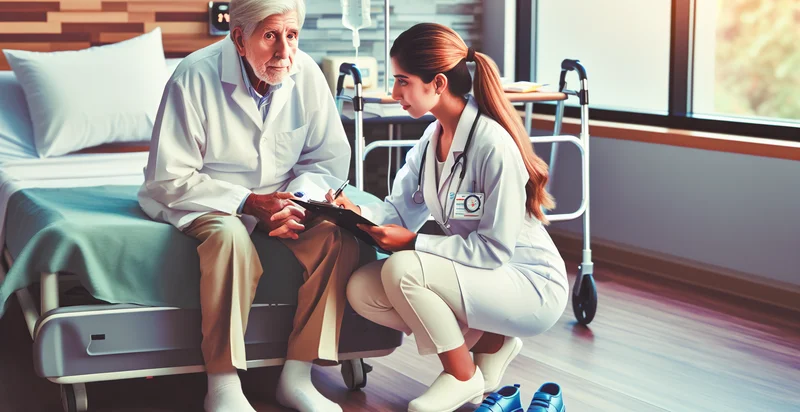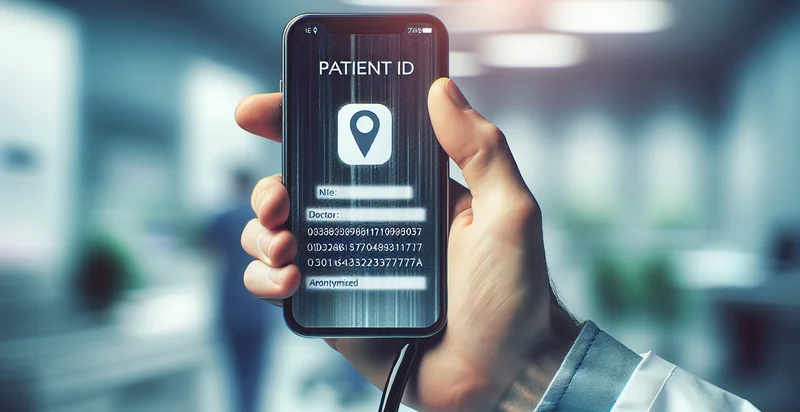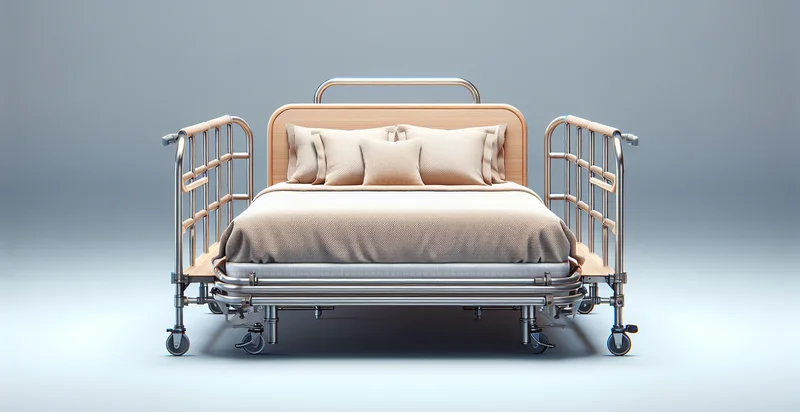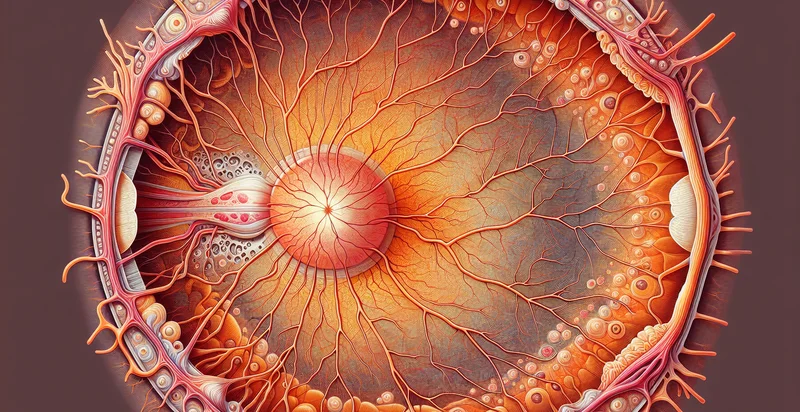Identify patient fall risk assessment
using AI
Below is a free classifier to identify patient fall risk assessment. Just upload your image, and our AI will predict the level of fall risk for patients - in just seconds.

Contact us for API access
Or, use Nyckel to build highly-accurate custom classifiers in just minutes. No PhD required.
Get started
import nyckel
credentials = nyckel.Credentials("YOUR_CLIENT_ID", "YOUR_CLIENT_SECRET")
nyckel.invoke("patient-fall-risk-assessment", "your_image_url", credentials)
fetch('https://www.nyckel.com/v1/functions/patient-fall-risk-assessment/invoke', {
method: 'POST',
headers: {
'Authorization': 'Bearer ' + 'YOUR_BEARER_TOKEN',
'Content-Type': 'application/json',
},
body: JSON.stringify(
{"data": "your_image_url"}
)
})
.then(response => response.json())
.then(data => console.log(data));
curl -X POST \
-H "Content-Type: application/json" \
-H "Authorization: Bearer YOUR_BEARER_TOKEN" \
-d '{"data": "your_image_url"}' \
https://www.nyckel.com/v1/functions/patient-fall-risk-assessment/invoke
How this classifier works
To start, upload your image. Our AI tool will then predict the level of fall risk for patients.
This pretrained image model uses a Nyckel-created dataset and has 5 labels, including High, Low, Medium, Very High and Very Low.
We'll also show a confidence score (the higher the number, the more confident the AI model is around the level of fall risk for patients).
Whether you're just curious or building patient fall risk assessment detection into your application, we hope our classifier proves helpful.
Related Classifiers
Need to identify patient fall risk assessment at scale?
Get API or Zapier access to this classifier for free. It's perfect for:
- Early Detection of Fall Risks: Implementing the false image classification function can help identify patients at high risk of falls based on their medical history, mobility patterns, and environmental factors. By proactively assessing risk, healthcare providers can tailor interventions to prevent falls before they occur.
- Personalized Care Plans: By utilizing fall risk assessments, healthcare providers can create personalized care plans that target the specific needs of high-risk patients. This may include physical therapy, medication adjustments, or increased supervision to enhance patient safety.
- Monitoring Post-Surgery Recovery: Post-operative patients often face increased risks of falls due to medications and mobility restrictions. The classification function can assist healthcare teams in monitoring these patients more closely, ensuring timely interventions that reduce fall incidents during recovery.
- Evaluating Environmental Safety: The classification function can be used to assess the safety of environments in which patients reside or receive care, such as hospitals, nursing homes, or home settings. This evaluation can lead to necessary modifications that create safer surroundings, reducing fall hazards.
- Staff Training and Awareness: Using insights from the fall risk assessments, healthcare facilities can develop targeted training programs for staff members to recognize and mitigate fall risks. Increased staff awareness can enhance patient care and safety practices across the facility.
- Data-Driven Risk Analysis: Aggregating fall risk assessment data can lead to a comprehensive understanding of fall patterns and risk factors within specific populations. Analyzing this data helps healthcare organizations develop effective prevention strategies tailored to their patient demographics.
- Telehealth Integration: Including fall risk assessment in telehealth platforms can expand the reach of monitoring and intervention strategies for patients at home. Remote assessments can empower patients and caregivers with information and resources needed to manage fall risks effectively from a distance.


